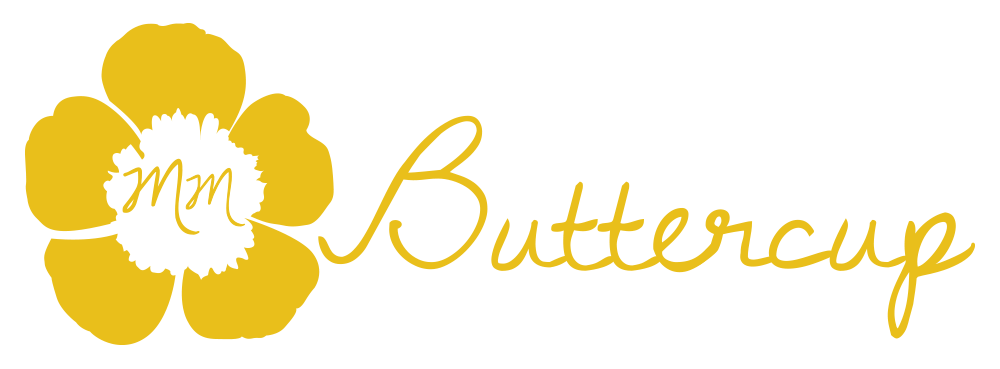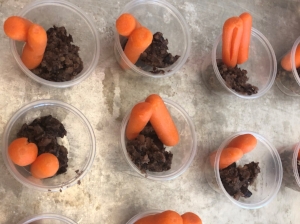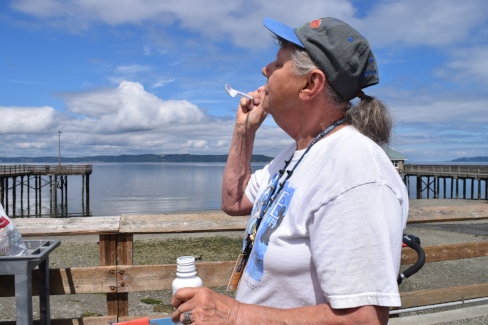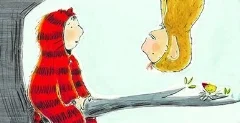I have the privilege and pleasure of coordinating fieldwork for students in Early Childhood Development and Education at our university. What students do (and in some cases don’t do) before the first week of field placement sets the tone for the rest of the term. I’ve compiled a list of tips to consider.
Prior to Field Work
· Start communicating with your on-site supervisor and university supervisor as soon as you can. Keep the conversations and communication ongoing. The relationship you create with these two people on your team are important for your success, as well as your future. Contact your On-site Supervisor by phone and email.
· Have all your required paperwork and clearances in order.
· Make all arrangements for transportation ahead of time. Get the address and map ready so that you don’t have to fumble on your first day.
· Go online and learn who the people are at your field placement.
· If applicable, do research on your placement. Learn about the mission and goals of the organization. Find out what the expectations and/or rules are ahead of time.. For example, many schools do not allow gum chewing. So you will want to make sure to spit out your Bubble Yum™ before you go. If available, become familiar and read the field placement handbook.
Getting Started
· Wear your name badge, or other self-identification.
· Check in and out at the field placement main office. You will most likely be required to sign your name, date, time of arrival and departure, and purpose of your visit. Some schools have you wear a name tag in the building. Ask the office personnel if there is anything you might have forgotten for check in/out procedures. *Remember to follow these important safety precautions. Programs serving young children need to know who is in their building. These procedures are in place to protect children and personnel.
· Introduce yourself to the office personnel. If possible, ask to introduce yourself to the school principal and/or leadership personnel. Here are a few hints for an introduction (Post, 2004):
o If you are sitting, rise to greet the person who has entered the room. It is a sign of respect.
o You may want to shake the person’s hand.
o Tell them your first and last names. Speak clearly.
o Address the person by his/her title (e.g., Mr., Ms., or Dr.). It is better to err on the side of formal.
o Example, “Hello Dr. Smith! my name is Marisa Macy. I am an undergraduate student at the University of Central Florida, and I will be doing my practicum here for the next 15 weeks. My university supervisor will be <fill in the blank> and coming out to observe me during the semester. I look forward to doing my field work here. Thanks for the opportunity.”
· Find out where you will be spending your time during your field placement. You may also want to find out where the bathroom, exits, and other necessary landmarks are located. Some programs have a map available to guests. Ask for one if you want it.
· If you drove, determine that where you have parked your car is okay with them. Sometimes, programs have designated parking and/or information about transportation that will be useful to you.
While You Are There
Remember you are a guest at this placement, and a representative of the university. Be polite and respectful. Every interaction you have is an opportunity for you to make a good impression, and apply what you have been learning. Use your best judgment, have fun, and good luck! I hope these tips help you with practicum.
Source:
Post, P. (2004). Emily Post’s etiquette: The definitive guide to manners, completely revised and updated (17th ed.). New York: HarperCollins.

































